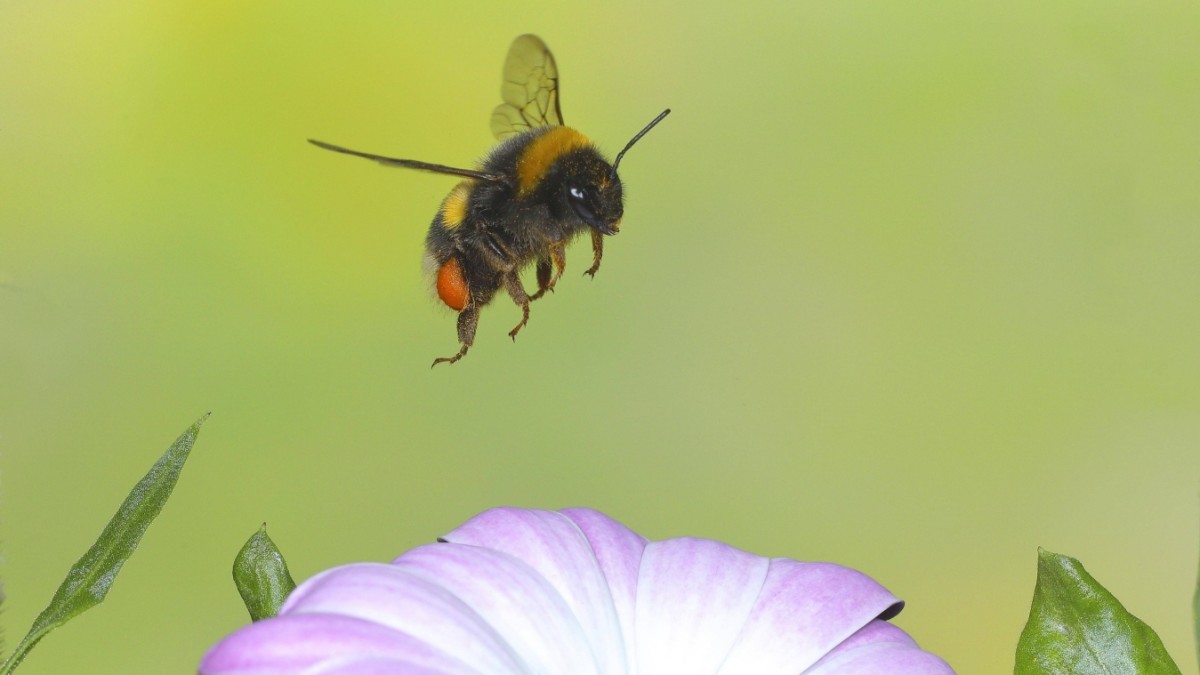Most people associate the term “culture” with going to the theater and concerts, eating together at a good restaurant, or reading the food section of a newspaper. But if we take the term more broadly, culture means that members of a society cultivate a habit that distinguishes them from their peers and that they pass on to each other.
In this sense, culture is not usually human, but is also common to the animal kingdom. Yet culture in nature has so far mainly been found in animals that are particularly intelligent anyway: a certain group of chimpanzees in Zambia, for example, has a culture sticking a blade of grass in its ear — no one knows why, you might think. Monkeys are elegant. Orca families communicate with different “dialects” that set them apart from their peers. The parrots that live in the Australian capital, Sydney, have an ingenious way of opening trash cans to get what they see as tasty contents.
But insects with their little brains? Now researchers at Britain’s Queen Mary University of London have discovered that bumblebees have at least the cognitive requirements to develop a culture: Describes the team surrounding Alice Bridges in the specialist magazine PLoS Biologythat insects copy certain behaviors of a pioneer bumblebee Then they pass it on to each other so that all the animals in the colony eventually adopt the new behavior.
In principle, there are two ways to research whether a particular animal species is capable of developing culture. The first is to observe and compare the behavior of different populations of the same species in the wild. This is complex and time consuming – often several years.
The second option is to train animals in captivity to behave in a certain way, then put them in contact with untrained animals and observe if and how that behavior spreads. Behavioral biologists refer to this type of experiment as the “open diffusion model.”
Researchers led by Alice Bridges chose this approach. The experiments were carried out on bumblebees in a specially developed “flying arena”. There they confronted the test subjects with a small box containing sugar syrup on a yellow base as a reward, which bumblebees might have mistaken for a somewhat unusual flower with particularly tasty nectar. The box is sealed with a transparent lid, which bumblebees can open in two different ways: When the animals pull a red lever, the lid rotates clockwise and opens. On the other hand, if they press a blue lever, the cap rotates the other way, but also releases the bonus.
Bumblebees don’t survive the winter, at most they can develop some sort of short-term culture
In a first experiment, the researchers taught a single bee, which had shown particular interest in the strange box in an earlier experiment, to use the red lever to obtain the reward in several steps. Then they put the trained bumblebee in a flight arena with untrained colleagues who had no idea what to do with the box. But that changed very quickly. After six days, during which the researchers filmed the insects’ behavior, nearly all of the bumblebees were able to open the box. And they did it the same way a trained bumblebee was taught: by pulling the red lever. “A few bees discovered for themselves that the box can also be opened by pressing the blue lever,” the researchers wrote in their study. But these animals still prefer the red-crane variant.
The same thing happened when the researchers taught the bumblebee to press the blue lever: Six days later, everyone had also learned to press the blue lever to open the box.
According to the study authors, these results indicate that bumblebees copied the opening trick through social learning from the trained model and did not come up with the solution themselves. Even more important is the realization that the newly learned behavior has spread among the bumblebees. “To our knowledge, this is the first time this has been shown in an invertebrate,” the researchers wrote. PLoS Biology.
In theory at least, bumblebees possess the prerequisites for establishing animal cultures such as chimpanzees, orcas, and cockatoos. However, it remains unclear whether they actually do this: this is supported by the fact that there are definitely differences in the architecture and also in the social organization of the nest in bees within the same species, which could be an expression of culture. On the other hand, unlike honeybees, bumblebees die in the winter. So they cannot pass on newly acquired behaviors to the next generation and at best develop some kind of short-term culture.

“Total coffee aficionado. Travel buff. Music ninja. Bacon nerd. Beeraholic.”







More Stories
Researchers detect extremely high-energy gamma rays
Anxiety disorders in old age increase the risk of dementia
Researchers are particularly fascinated by these exoplanets.